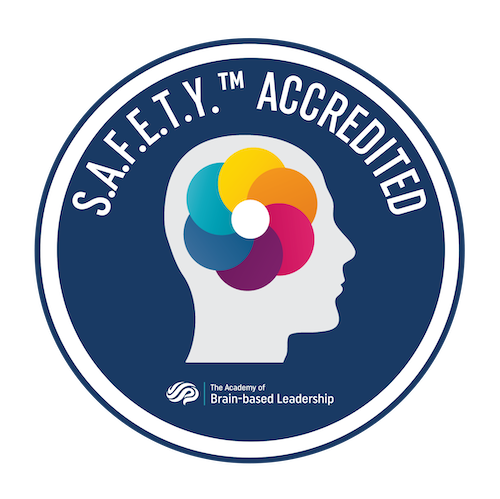Psychological Safety is More Than a Buzzword. Here Are 3 Ways to Actually Build It.
You've heard the phrase a thousand times. You know it's important. But what does building "psychological safety" actually look like on a Tuesday afternoon when your team is facing a tight deadline and a critical problem arises?
You've heard the phrase a thousand times. You know it's important. But what does building "psychological safety" actually look like on a Tuesday afternoon when your team is facing a tight deadline and a critical problem arises?
It's not about being "nice" or avoiding conflict. It's about creating an environment where candor is safe, and taking interpersonal risks feels productive, not dangerous. It's the bedrock of high-performing teams, but it doesn't happen by accident.
Most leaders unintentionally sabotage safety with well-meaning but counterproductive habits. They ask for solutions instead of welcoming problems, reward silence instead of encouraging dissent, and fail to see their people as individuals.
If you're ready to move beyond the buzzword, here are three practical, actionable ways to start building real psychological safety today.
1. Stop Asking for Solutions, Start Rewarding the Truth.
The most common way leaders crush safety is by saying, "Don't bring me problems, bring me solutions." This tells your team that identifying a risk is only valuable if they've already fixed it.
Instead, try this: When a team member flags a concern, make your first words: "Thank you for bringing this to my attention." This simple act validates their courage and encourages others to do the same. Then, follow up with, "Let's walk through this together." This transforms you from a judge into a partner and makes it safe to speak up, even with incomplete information.
2. Make Vulnerability a Leadership Competency.
Your team will not take risks if you don't. As a leader, you must model vulnerability. This doesn't mean oversharing; it means being honest about your own fallibility.
Try this: Start your next team meeting by saying, "Looking back on our last project, I realize I could have been clearer about our goals. That's on me. I want to discuss how we can improve that communication process going forward." By owning a misstep, you give your team permission to be human and to learn from their own mistakes without fear.
3. Recognize the Person, Not Just the Task.
Generic praise like "good job" is nice, but it doesn't build Esteem—a core pillar of psychological safety. Esteem is the feeling of being seen and valued for your unique contributions.
Instead, try this: Use the language of CliftonStrengths to give specific, powerful recognition. "Sarah, the way you used your 'Analytical' talent to find that flaw in the data saved us from a huge mistake. Thank you." This shows you're paying attention not just to the work, but to the unique individual doing the work.
Building psychological safety is a skill. It requires practice, intention, and a framework for success. When you master it, you unlock the full intelligence, creativity, and performance of your entire team.
Ready to master this skill?
I am launching the inaugural pilot cohort for The S.A.F.E.T.Y. Accelerator™, an intensive 3-month program for a small group of leaders dedicated to building a culture of trust. We'll meet every other week to turn these concepts into your leadership reality. The pilot investment is just $100/month.
Spots are limited to 8 leaders to ensure a high-touch experience. Click here to learn more and enroll.


